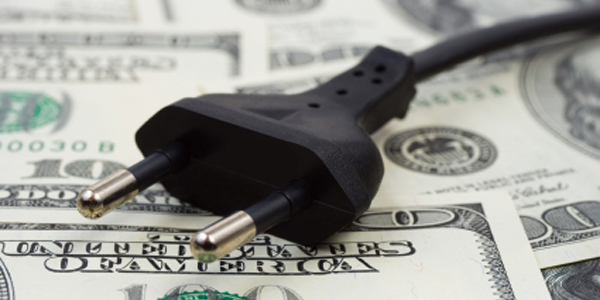Two years ago this month, I caught up with the Chief Procurement Officer of a US Federal agency about her plans for the upcoming year and our discussion turned to budgets. Since this wasn’t so long ago, everyone can still recall the level of uncertainty that existed in the market, business, and society in general in December of 2008. This CPO admitted that the budget did not look good and that the pressure was on to identify more savings, more quickly than at any other time in her decades at the agency. Although this procurement department had not gotten to its desired level of process automation, plans for investment in new solutions and support for existing solutions would have to wait at least one year. Nonetheless, this CPO was determined to improve the return on her department’s eSourcing solution – with or without a budget – in her words, “In this next year, we will be focused on process improvements and improving our use of technology. We already have eSourcing in place; we must focus on improving our usage of it and our capabilities around it.” Effectively, this CPO wanted to improve her department’s return on technology without making any incremental investment.
No matter the specific technology budget situation a procurement department may have for a given year, this is clearly a strong strategy; and it is the kind of strategy that this ROA series is seeking to highlight. Certainly a budget to support a training refresher program for the occasional users or the re-launch and/or upgrade of an existing platform (we’ll come back to this in the near future) can be helpful in driving greater returns on your technology assets; but, sometimes budgets are not kind. Anyway, actively seeking to improve the department’s performance by using technology that has already been paid for and is already in place was exactly what this CPO set forth to do; many enterprises have this same opportunity in 2011.
To that point in time, the federal agency had been fairly successful in its eSourcing efforts from a user adoption standpoint. Where this CPO was seeking to drive more value in the upcoming year was to get the users to double their eSourcing volumes (dollars, not projects) and to start using more advanced sourcing capabilities like scoring and cost modeling which would allow the group to structure more complex eRFx. She felt that the higher usage and increasing sophistication would translate into more than double the previous year’s savings from eSourcing events (As it turned out, she was right).
The opportunity for other groups to adopt this strategy certainly exists. The percentage of addressable spend that is sourced by the average enterprise in a given year is not what it should be. The number of active and capable eSourcing users in the average enterprise is not what it should be. What initiative can be introduced in 2011 to change this?
Dedicated readers know that I ardently believe that enterprises must break from the past and begin to enact an eSourcing 2.0 policy where every negotiation that results in an executed contract should use an eSourcing solution. For newer readers, eSourcing 2.0 does not require that everything is competitively bid. If the negotiation results in a contract, the buyer must use the eSourcing system to capture the details and/or final output from the negotiation – this could be a reverse auction, a one-to-one negotiation, and everything in-between.
Gains to a team from adopting the eSourcing 2.0 policy will include: greater visibility, efficiency, and knowledge capture and retention, and savings. And, each of these benefits will help increase the returns on your sourcing technology.

